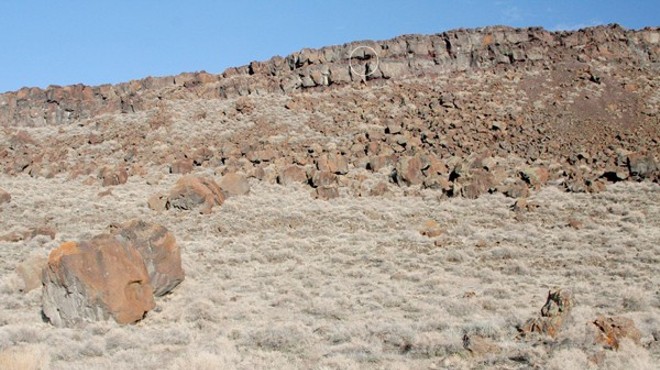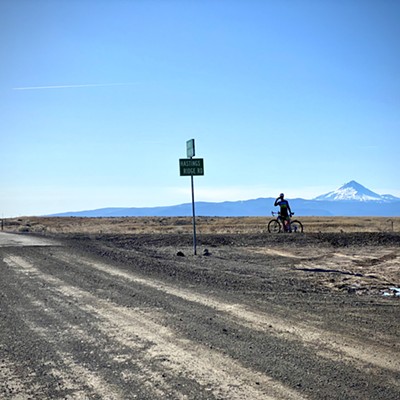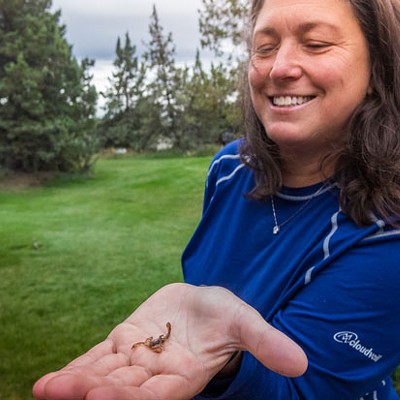The American Robin is one of the most common native birds found throughout Central Oregon and it's usually the first on the list for anyone who develops an interest in birds, whether age six or 96. Robins are everywhere, but there's more to a robin than meets the eye.
The robins seen here in winter are not the ones seen in summer. These winter robins are down from the north, even as far away as Alaska. While they're here pillaging juniper berries, old apples and other fruit — either still on the trees or on the ground —our robins are true snow birds in Sacramento and other places where the weather is a bit milder.
Robins go after food in a group, that way, when one robin discovers food, the others latch onto it quickly. There's also better protection from predators in numbers. Robins locate worms and underground insects not only by watching for them, but listening as well.
Those northern robins pillaging juniper berries MUST have water! Without abundant water, robins can develop serious gastric problems. Some people think they're drunk, but the real problem is indigestion. The berries begin to ferment and the birds suffer with serious stomach cramps. The results are a bunch of very uncomfortable robins, and some of the messiest stuff you can imagine plopping all over vehicles parked near juniper trees.
In some years there can be thousands of robins wintering in Central Oregon. According to Tom Crabtree, who runs the annual Christmas Bird Count, we had over 18,985 robins here in 1990, and the low was only 44 in 1981.
Around mid-February, we will be hard pressed to see even one robin for about a week. The northern bunch have departed and our robins haven't returned from sunbathing in California. However, as soon as they arrive, we'll know it. They are brighter to look at, and we will both hear and see the males defending their territory by sound and force.
During the annual raptor count my wife and I conduct in upper Deschutes and parts of Jefferson County we count and watch the robins around the Culver area pretty closely. It's not uncommon for us to arrive in the morning, before the previous evening's frost has melted, and find robins hopping along slowly listening for worms with frost still on the grasses. The worms are feeding on warm soil heated by composting hay near the surface, and unwittingly they become food for the wintering robins.
When our robins do return they will begin to build nests in areas where old nests still exist. That's one reason the old nests should not be destroyed.
To my knowledge there are no rules for where robins build nests. Maybe predation is in site selection, especially if there are a lot of outdoor or feral cats to contend with, but in my 80 years of watching robins, I've seen them in so many places that defy bird rules for nesting, that I just appreciate where they do nest, and often marvel at it.
Then there's the off-color robin. Yes, at times all white and with pink eyes with no pigment in the skin; that's a true albino, but a leucistic robin is more the norm. They can be splotched with dark feathers and white feathers, or be pure white, but if the eyes are dark, it's not an albino.
Watching birds is always a delight, Good People, and being in on the life and times of our American Robin is always a lot of fun and educational — even if they do leave nasty piles on the roof of our cars and gobble up strawberries in our gardens.



























